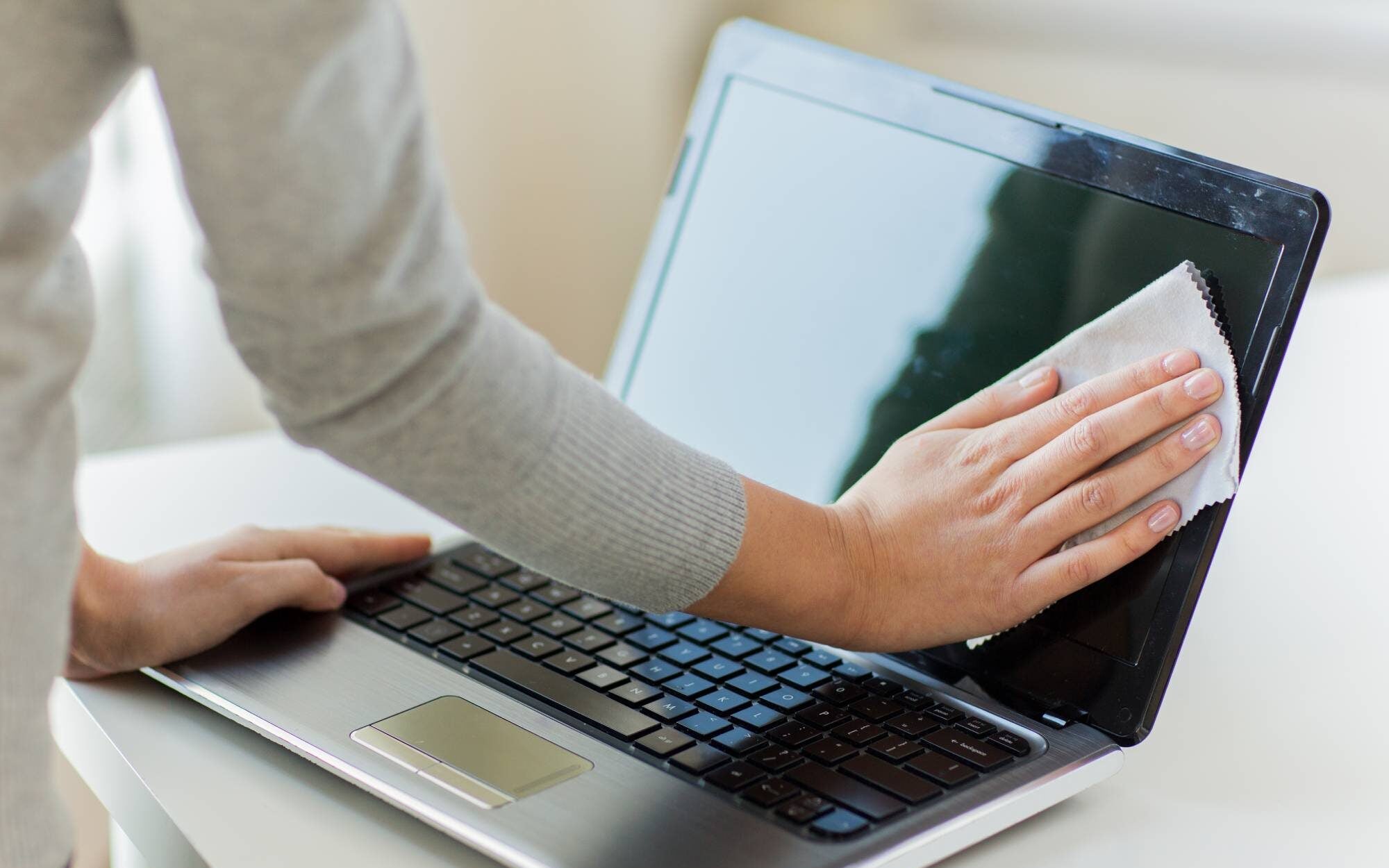
Just like you need to dust regularly to keep your house clean, and service your car annually to keep it safe and running, you should do a digital spring cleaning so your computer stays speedy and responsive.
We’re not just talking about wiping down your keyboard and your screen but also clearing up the digital clutter accumulating inside your system, including the apps and files you no longer use. Here’s how to get started.
Get rid of old apps
Unused applications take up precious storage space on your computer and make its operating system work harder than it needs to. These programs force your computer to create shortcuts, sift through settings files, and install updates you’re not actually using. In addition, each app on your system can become a target for hackers or data-mining companies, so the fewer you have, the better.
[Related: It’s time to delete most of your apps]
Start your digital spring cleaning by taking the time to identify the programs you no longer need and uninstalling them—you can always reinstall them later if you change your mind.
On Windows computers, you can uninstall programs individually or in bulk. The easiest way is by locating the Control Panel by using the search bar in the Start menu and then clicking Uninstall a program. You can sort apps by name, size, or install date to weed out the ones you don’t need, or filter by the hard drive they’re installed on. Then just click an app and select Uninstall to remove it.
On macOS, open Launchpad, click and hold on any app, and then click the X on its icon when the programs start to vibrate. Some of them might require you to launch an uninstall utility. To do so, open Finder and search “uninstall” along with the app name. If it doesn’t have one, find the Applications folder in Finder and drag the app’s entry into the Trash. Apple’s operating system doesn’t have a built-in way to delete applications in bulk, but you can try a third party app. These tools will also eliminate any trace of the app on your system (including residual files), but they are powerless against the Mac apps that came with your computer, which you won’t be able to delete that easily.
Doing your digital spring cleaning also means taking care of the apps you want to keep—make sure to download updates for them so they’re running their latest, most secure versions.
Clear away digital clutter
An inevitable consequence of modern-day computing is that as you use your device, junk files will build up, like items you’ve created and forgotten about, documents you’ve downloaded and don’t have a use for anymore, and temporary files generated by the operating system or applications. You can’t stop this from happening, but you can stay on top of the mess with a regular clear-out.
Unless you really know your way around Windows or macOS, it’s a good idea to get assistance from a third-party program for this task. CCleaner (for Windows and macOS) has long been one of the best free options in this department. If you can spare a little money, we also like CleanMyMac X ($35 for a one-year subscription) for macOS, and System Mechanic ($40 for a one-year subscription) for Windows.
If you’d prefer not to rely on these programs, you can probably do some simple cleanup yourself. Sit down and spend an hour or so deleting those photos you’re never really going to look back on or clearing out old documents and spreadsheets that are no longer relevant.
Tidy up your browser
We spend a lot of our computing time inside a browser, and this is another area where you can do some serious tidying. The aforementioned CCleaner also does a good job of clearing out digital garbage that your browser doesn’t really need, but each browser has options of its own you can employ.
On Chrome, go to Settings and click Security and privacy, followed by Clear browsing data to erase cached files, browsing history, plug-in data, and more. This should make your browser a little lighter on its feet. On Firefox, the option is under Preferences, Security & privacy, and Clear browsing data. On Microsoft Edge, you’ll need to go to Settings, then to Privacy, search and services, and scroll down to Clear browsing data. Finally, in the Safari navigation bar, go to History and choose Clear History.
While you’re slashing and burning, check your downloads folder for files you’ve forgotten about and delete the ones you don’t need to free up more space.
Finally, removing unused browser extensions can have the same benefits as uninstalling unused applications. This will streamline your browser, lowering its demands on your computer’s resources and keeping you safer as well. Open up your browser’s extensions or plug-ins page and see if there are any add-ons you can do without.
Organize your system
Keeping your folders organized means less work for your machine and less time for you to find important files. Plus, if everything is organized neatly, you’re less likely to accumulate forgotten apps and tools that will eat up hard drive space.
Sort your system by using the designated user folders (like Documents) and you’ll notice the benefits the next time you need to open something quickly. In particular, you should try to avoid keeping masses of files and shortcuts on your desktop, as it gives your computer extra work. For the same reason, it’s a good idea to spend a few minutes clearing up the Start menu (Windows) or the Dock (Mac), to make sure only the shortcuts you really need are available.
A whole host of cloud services, including Dropbox, Google Drive, OneDrive, and iCloud, can store your files on the web and allow you to delete local copies. This is a handy way to free up some hard disk space and lighten the load on your operating system at the same time. Just be sure you keep the online versions and don’t delete both the local and cloud-based copies of your files—follow the instructions each service has to do this.
Physically clean your equipment
While you’re tackling a computer spring clean, you may as well do some physical cleaning. It will make your machine look shiny and fresh, and it may actually prevent future problems, like having the insides of your desktop clogged with dust. You don’t need expensive equipment or even that much time.
Start by powering down and unplugging your computer. Then grab a can of compressed air to blast dirt off of the keyboard and ports. If you want to go all the way, you can read our full keyboard-cleaning guide. Next, take some time to clean the screen of your laptop or monitor. No matter their make, screens are delicate, so you should be mindful of the product and tool you use. When you’re done, use a dry microfiber cloth to wipe down the outside of your machine and any of its peripherals, such as the mouse and keyboard. Cotton swabs are another helpful tool in the computer cleaner’s arsenal, as they help you clear away built-up dirt from nooks and crannies.
[Related: Your smartphone is gross. Learn how to clean it properly]
For a more comprehensive clean, lightly dampen your cloths or swabs with water. But remember you’re dealing with electronics, so make sure to thoroughly wring and remove any excess water. You really, really don’t want to use cloths or swabs that are completely wet—it could seriously damage your device. If you’re dealing with a desktop PC and you know your way around it, you can dismantle certain parts to really get into those dusty corners, but this step isn’t essential.
With the digital and physical spring cleaning complete, you can power your computer back up and enjoy the benefits of a rejuvenated system—at least until next year.
This story has been updated. It was originally published on March 20, 2017.








